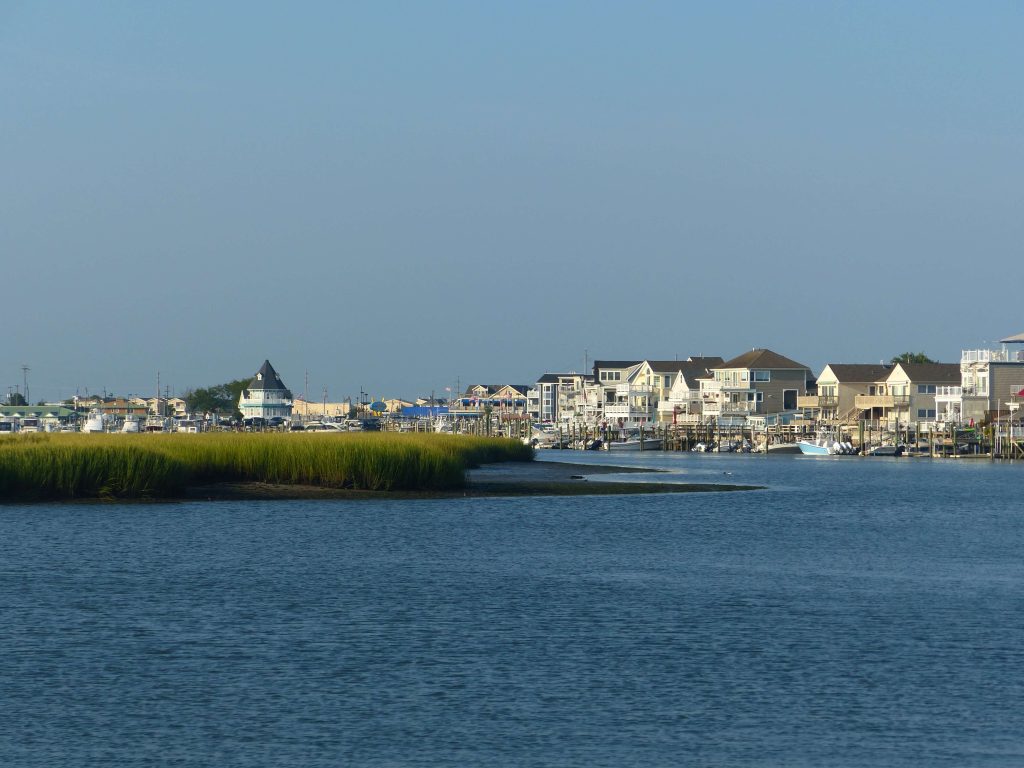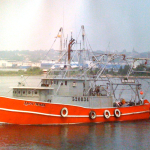WASHINGTON – In August, the U.S. Army Corps of Engineers (ACE) presented its Tentatively Selected Plan (TSP) for protecting the state’s at-risk properties from back bay flooding, a preferred option out of several that were considered.
The process is documented in a 561-page technical report. The Herald reported on the study when it was issued.
ACE held two virtual meetings to further explain the report and to seek public comment. The meetings were hosted by ACE personnel, with support from the state Department of Environmental Protection (DEP).
One big takeaway is that the project is huge, expensive, and will take 15 years at a minimum to construct. All will eventually hinge on funding the $16 billion estimated cost, of which $5.6 billion will be the cost-share portion paid by New Jersey and local municipalities. The federal government, provided Congress agrees, will cover $10.4 billion.
The state and municipalities will also be responsible for all maintenance costs going forward after construction. These responsibilities dwarf the current state Shore Protection Fund, with its annual $25 million budget. Today, that is how the state responds to its copay requirements on beach replenishment projects.
The plan calls for both structural and non-structural approaches involving a coastal area that covers five counties. Artist renditions show mammoth storm surge barriers that close off inlets at the threat of storms, floodwalls, levees, and seawalls. Most of these structural responses to sea-level rise and storm-generated flooding are north of Ocean City, except for one cross-bay barrier to be constructed near 52nd Street.
The project calls for three inlet closures, two bay closures, and elevatingover 18,000 structures. Along with this will come the implementation of natural and nature-based features.
The southernmost parts of the study area, which includes all of Cape May County below Ocean City, is dependent on non-structural solutions that are heavily reliant on elevating thousands of structures. The plan anticipates voluntary elevation components and limited mandatory acquisition where necessary.
ACE says that the process of arriving at a final product still requires more work. Jay Smith, an ACE project manager, said the present plan represents only about 10% of the preliminary design. It does, however, present the conceptual outline of the preferred solution.
An environmental impact study was part of the project, but ACE presenters admit that the study did not contain an analysis of the potential impact on the county’s tourism economy.
The study considered real estate values in areas where acquisition might be necessary, but the study developer assumed that the project will not have any negative impact on real estate values in general.
The goal is to have a final study recommendation for the ACE chief of engineering by April 2023. After this point, there would be the development of the authorization bill, congressional action, the signing of a New Jersey partnership agreement committing the state share, and pre-construction activities.
All this is aimed at beginning what the ACE presenters called “incremental construction” in 2030. If the funding is available and the project moves to construction, the estimate is 15 years to completion, with incremental pieces of the plan in place along the way. If funding comes in a piecemeal fashion, the construction timeframe will expand.
From any angle, the project is immense, including non-construction-related activities. In just the mitigation efforts for habitats expected to be directly impacted, the plan may need to identify compensatory mitigation for over 275 acres of disturbed wetlands.
Many things still must come together, not the least of which is the funding. If congressional approval is achieved, the project would require the state to sign a partnership and cost-sharing agreement for over $5 billion.
A DEP representative explained that in a “normal” project of this type, impacted municipalities would bear a portion of the state’s responsibility, which could total hundreds of millions of dollars. It may be that normal funding methodologies will have to give way to other options for financing a project of this size.
For now, the presenters urged members of the public to read the report and make public comments before the Oct. 12 deadline. Links to all parts of the report, access to recordings of the virtual meetings, and the email address to be used to submit comments is available online.
To contact Vince Conti, email vconti@cmcherald.com.
Dennis Township – Sorry Democrats, who was it that fought Trump’s immigration policy tooth and nail? Oh right, that was you! So you don’t get to blame Trump for illegal immigrants murdering Americans. I don’t think…








